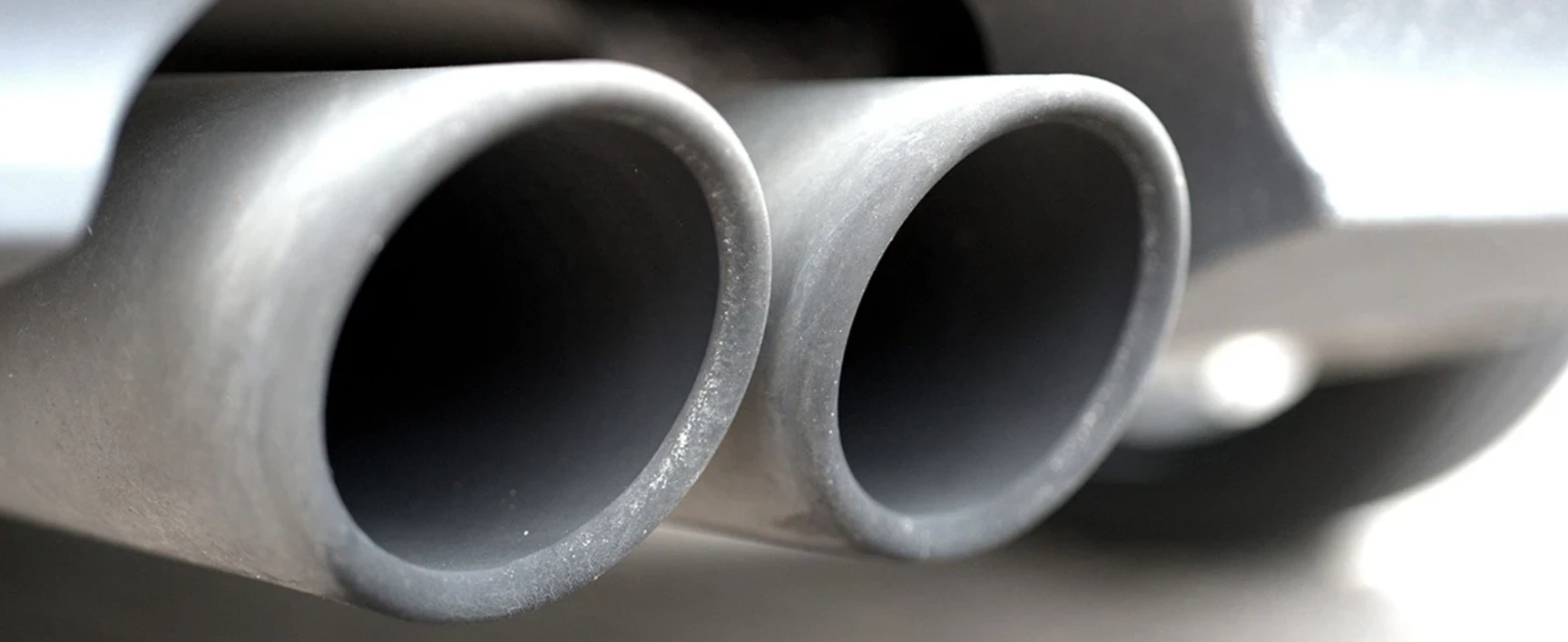Ian Douglas, senior occupational hygienist, Environment & Safety Services, SOCOTEC, discusses the hierarchy of control when it comes to controlling exposure to diesel engine exhaust emissions (DEEEs) and why this is important for ensuring safety and compliance in the workplace.

Diesel is a major source of fuel for a range of applications, including vehicles, powering heavy equipment as well as power generators. The problem lies, however, in the health risks associated with diesel exhaust emission exposure.
Emissions from diesel vehicles - such as lorries, trucks, forklifts and trains, especially if running in enclosed spaces - can affect anyone working in close proximity. Irritation of the eyes and the respiratory tract are the primary health effects associated with exposure to diesel engine exhaust emissions, particularly wherever there are high levels of white smoke present in the workplace. Exposure to DEEEs, in particular blue or black smoke, can also lead to coughing and breathlessness.
DEEEs are classified by The International Agency for Research on Cancer (IARC), part of the World Health Organisation (WHO), as Group 1 (substances that have definite links to cancer in humans) based on sufficient evidence that exposure to DEEE is associated with increased risk of lung cancer and limited evidence for an increased risk of bladder cancer [1].
The Office of Railway Regulation (ORR), in its regular occupational health programme update [2], refers specifically to the railway environment and highlights the need for railway employers to ensure that exposure to DEEE is adequately controlled by strict adherence to the COSHH hierarchy of control.
Exposure Control
The COSHH Regulations state that proper consideration should be given to prevention and “if exposure to a substance cannot be prevented, it is to be adequately controlled under the Hierarchy of Control”.
The Hierarchy of Control is used to remove or reduce hazards. It should also be used to formulate a risk assessment, working from the top of the list to the bottom if required.
The HSE also publishes a guide to the control of DEEE in the workplace (HSE publication HSG187: Control of Diesel Engine Exhaust Emissions in the workplace).
Monitoring for Exposure to DEEEs
Components of the diesel fume include elemental carbon, a variety of aldehydes and ketones, volatile organic compounds and combustion gases, such as carbon dioxide, nitrogen gases and carbon monoxide. Nitric oxide and carbon monoxide are classed as blood poisons coupling to the body’s haemoglobin and consequently starving it of oxygen. In large quantities, carbon dioxide and nitrogen can act as asphyxiants, although hazardous levels are rarely encountered under normal circumstances.
To monitor DEEEs, our occupational hygienists employ a variety of instruments and sampling media to capture the various components of the fume.
When monitoring carbon dioxide, carbon monoxide, nitric oxide and nitrogen dioxide, real time gas monitoring instruments provide an immediate indication of diesel fume levels. Other battery-powered pumps and various sampling media (adsorbent tubes and filters) can also be used to monitor the other components.
Depending on the situation, the exact test carried out will vary. Elemental carbon and combustion gases are always tested for, but some tests can also include analytical scans for:
- Respirable particulates
- PAHs (Polycyclic Aromatic Compounds)
- VOCs (Volatile Organic Compounds)
- Aldehydes and Ketones
These tests are not instant and the sample media is sent to various laboratories for analysis.
By comparing the results against UK Workplace Exposure Limits and European Commission Scientific Committee on Occupational Exposure limits, we can assess the risk for those exposed to DEEEs, and make recommendations on how to reduce the risk further.
Prevention is Preferred
In line with the Hierarchy of Control, some prevention methods can refer to:
- switching off engines whenever they’re not required to run
- extract the fume from the workplace before it can be breathed in (primarily via capture hoods, flexible hoses or roof fans)
- ensuring engines are well maintained and suitable filters have been installed
- engines should be run outside – especially if they are starting from cold
- good ventilation and local exhaust ventilation will lower exposure levels
- rotating jobs so employees are exposed for less of their working shift
Want to find out more? Get in touch with us!
[1] Press Release no. 213, International Agency for Research on Cancer, Lyon; June 2012
[2] ORR occupational health programme update; Office of Rail regulation, October 2012
Want to find out more about SOCOTEC's occupational hygiene services?

You might also like








Add new comment